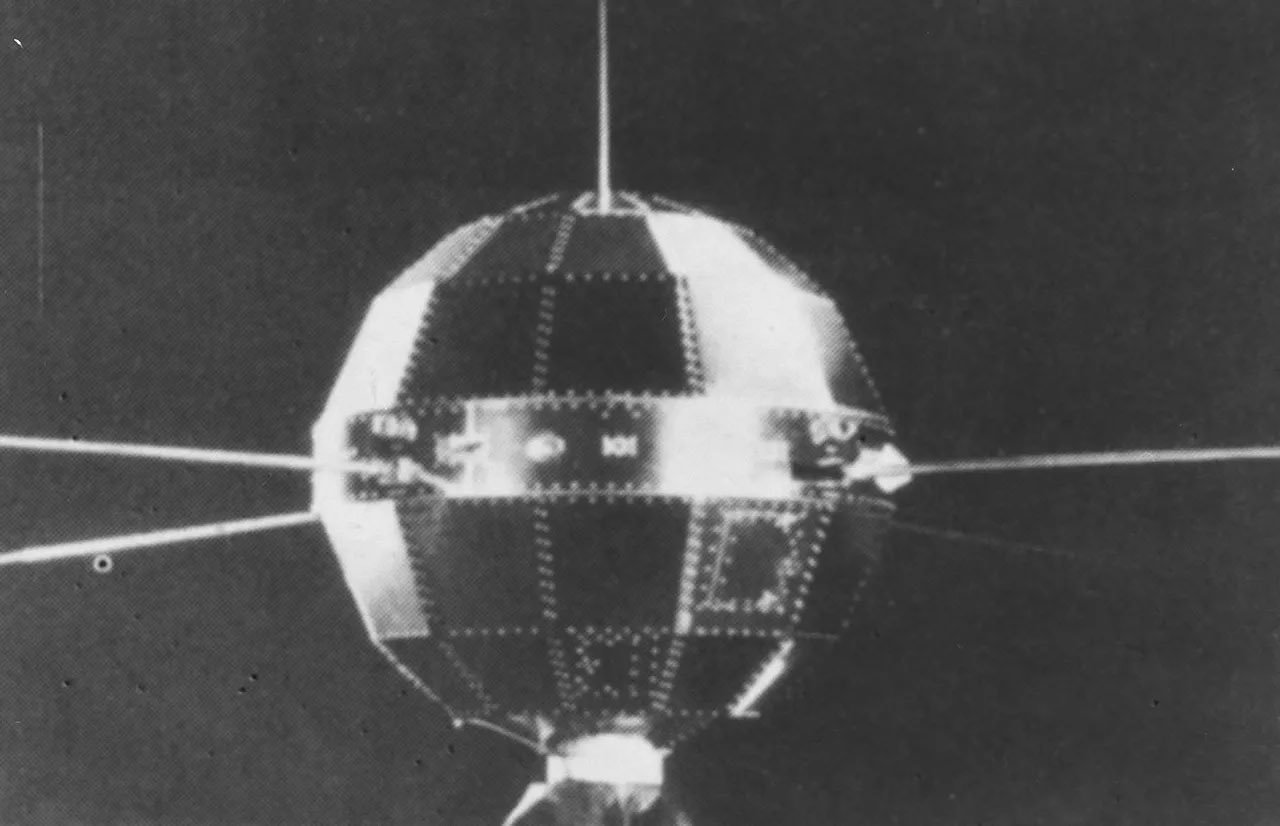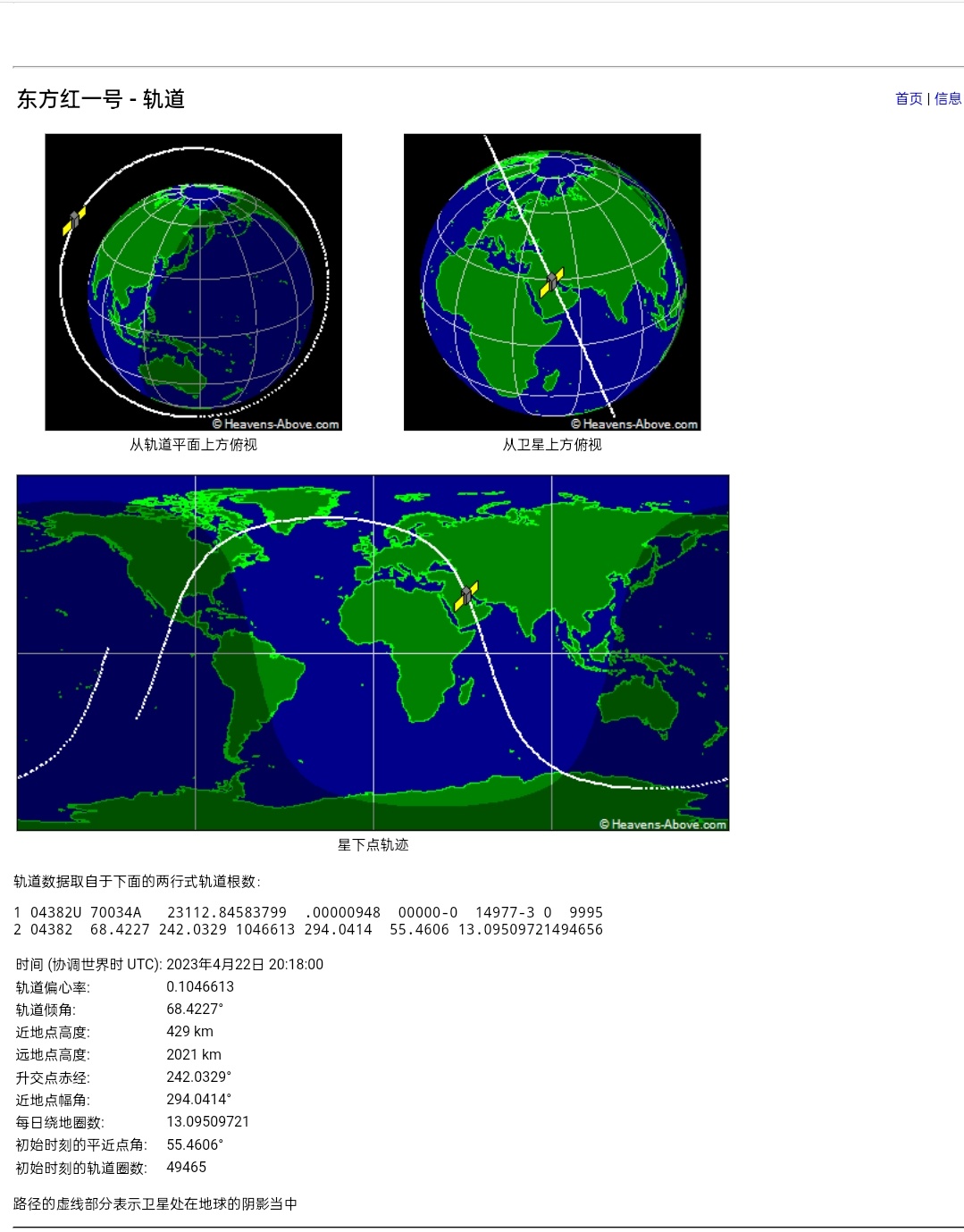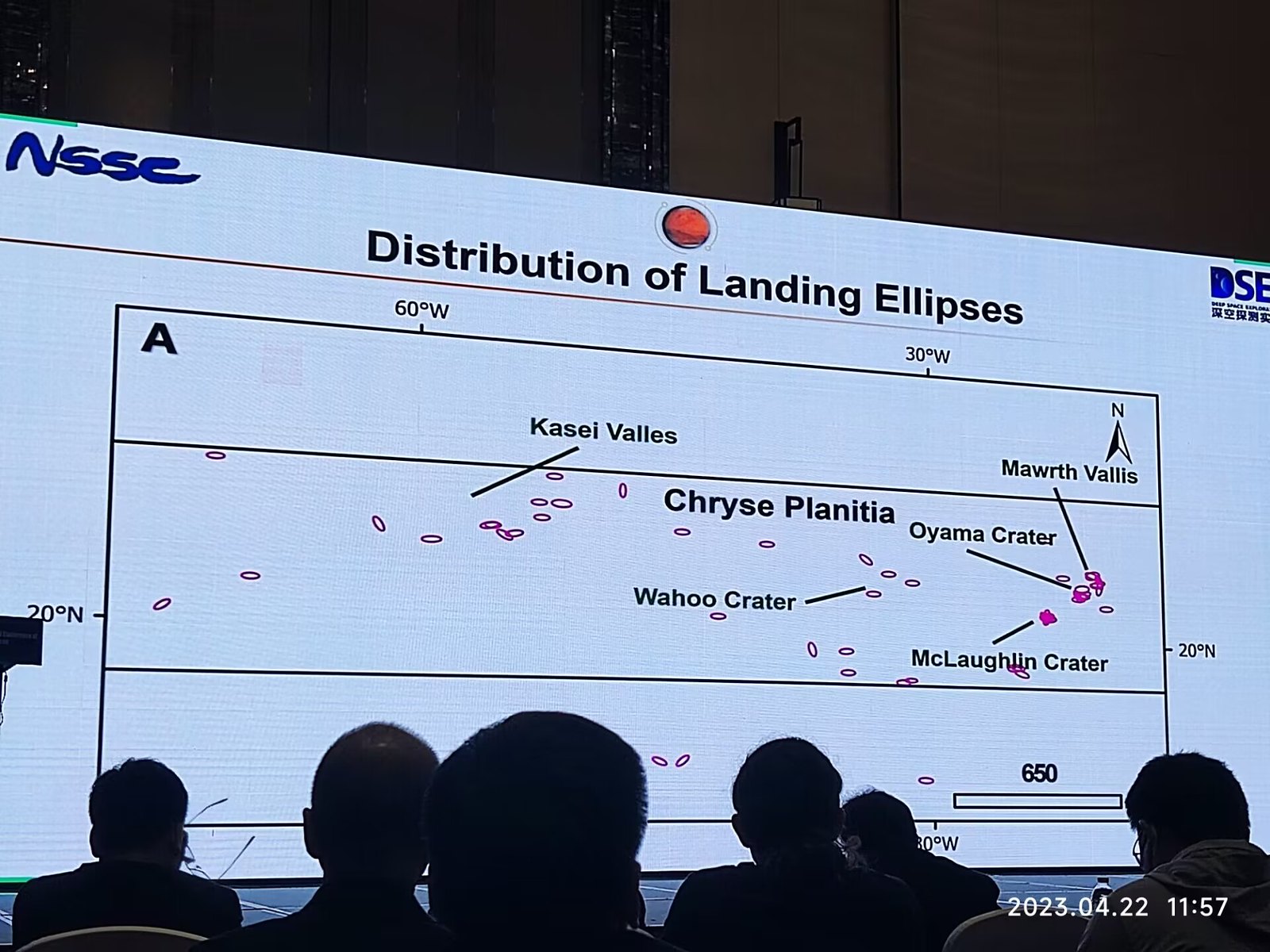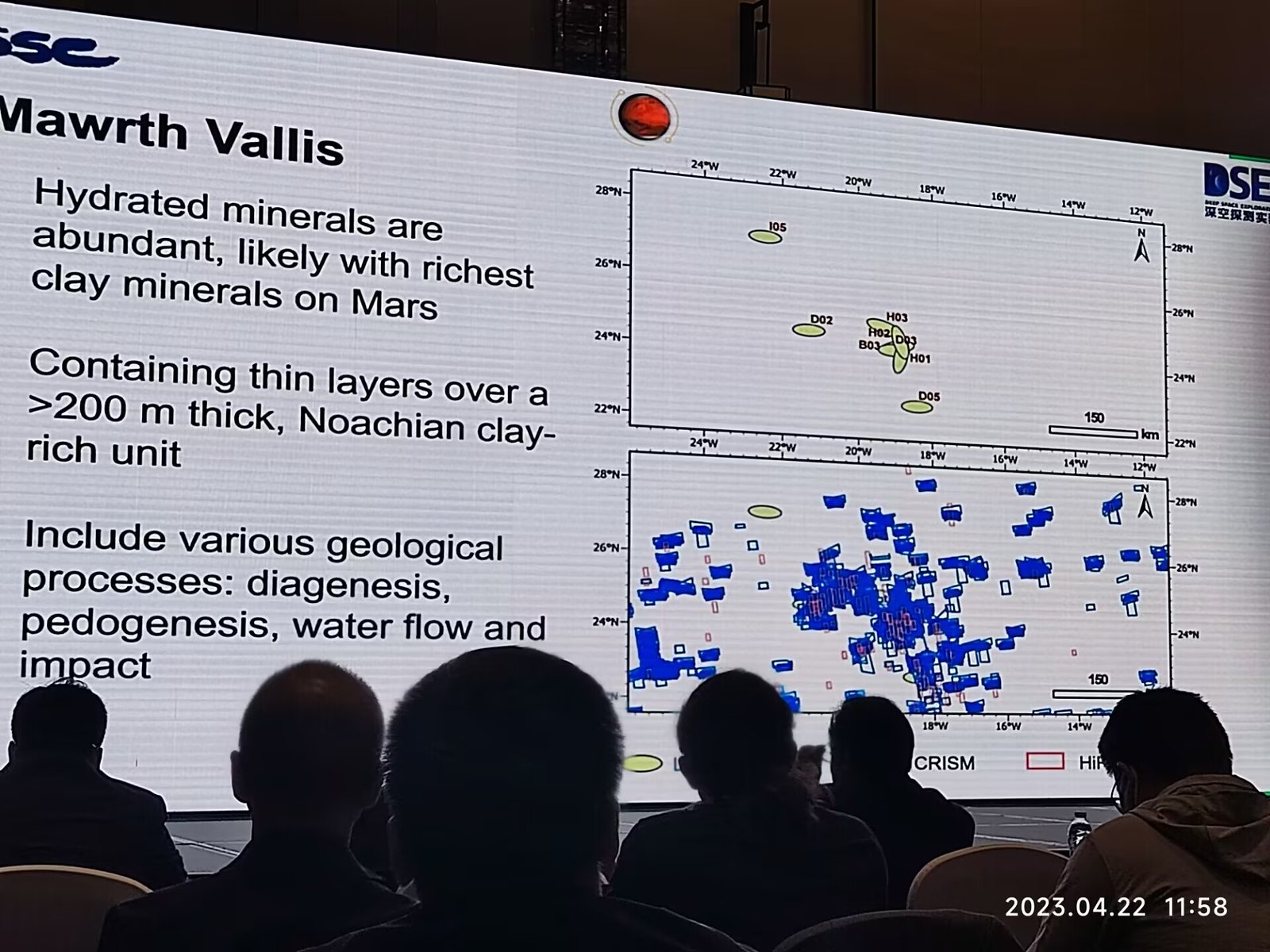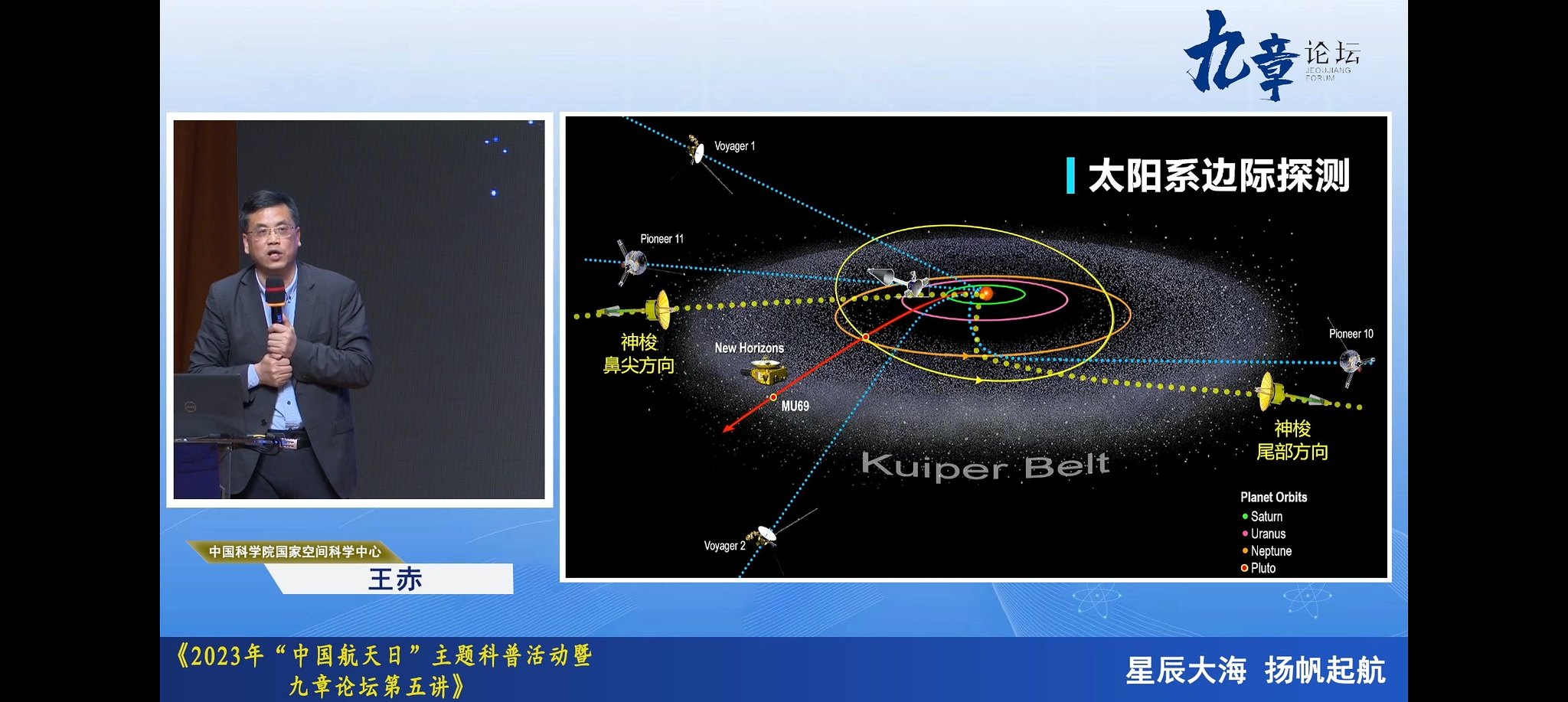You are using an out of date browser. It may not display this or other websites correctly.
You should upgrade or use an alternative browser.
You should upgrade or use an alternative browser.
China's Space Program Thread II
- Thread starter Blitzo
- Start date
by78
General
On April 17, Changguang Satellite Technology and OrienSpace held a signing ceremony for the "Jilin-1" high-resolution 05 satellite launch project in Beijing. OrienSpace will use its Gravity-1 rocket to launch Changguang's Jilin-1 05 remote-sensing satellite. OrienSpace will also provide Changguang with launch services for its next generation of remote-sensing satellite constellation.

Some more information. OrienSpace will finish the assembly plant for the Gravity series of launch vehicles by mid-2023. Also, for the first time, we get a glimpse of the Gravity-1 launch vehicle on the factory floor.



by78
General
The 6th academy of CASC has announced details on three liquid rocket engines developed for commercial space launches. The 6th academy plans to set up a pulse production line for commercial rocket engines that will have an annual output of 300 engines.
YF-102 engine
- Sea level thrust: 620-835KN
- Sea level specific impulse: 275s
- Swing angle: ±6°
- T/W ratio: ≥130
- Re-usable
- 3D-printed core components
- China's first open-cycle LOX/Kerosene engine
- Already used by the Tianlong-2 launch vehicle developed by Tianbing Technology.
YF-102V engine
- Vacuum thrust: 710KN
- Vacuum specific impulse: 330s
- Thrust adjustment: 55%-100%
- Capable of high-altitude re-ignition
- Based on the YF-102, but has a new 3D-printed injector design
YF-209 engine
- Sea level thrust: 735KN
- Sea level specific impulse: 293s
- Vacuum specific impulse: 329s
- Variable trust range: 30%-100%
- Mixing ratio adjustment: ±10%
- Uses LOX/Methan fuel
- Can be ignited three times during a single launch
- Reusability: ≥30 times



YF-102 engine
- Sea level thrust: 620-835KN
- Sea level specific impulse: 275s
- Swing angle: ±6°
- T/W ratio: ≥130
- Re-usable
- 3D-printed core components
- China's first open-cycle LOX/Kerosene engine
- Already used by the Tianlong-2 launch vehicle developed by Tianbing Technology.
YF-102V engine
- Vacuum thrust: 710KN
- Vacuum specific impulse: 330s
- Thrust adjustment: 55%-100%
- Capable of high-altitude re-ignition
- Based on the YF-102, but has a new 3D-printed injector design
YF-209 engine
- Sea level thrust: 735KN
- Sea level specific impulse: 293s
- Vacuum specific impulse: 329s
- Variable trust range: 30%-100%
- Mixing ratio adjustment: ±10%
- Uses LOX/Methan fuel
- Can be ignited three times during a single launch
- Reusability: ≥30 times



Well that's the thing, I'm not yet sure what the future world would look like, but I think we're at a stage where it may well be possible in a few decades for certain nations to annually put up a couple of supercarrier's worth of tonnage into LEO.
But even that might be a bit low -- perhaps hourly super heavy launches or minute by minute super heavy launches should be considered as a possibility in the more distant future.
One can imagine how that could affect strategic balances, and especially if there is a significant time elapsed between one nation achieving high rate super heavy launch capability and another nation achieving it.
In particular the potential for space based warfare (which is very much outside the scope of this thread but which I allude to for the sake of demonstrating the impact of reusable super heavies) growing into fruition cannot be ignored. The ability to put up singular 150t or higher payloads into LEO and to be able to do so en masse in an annual way opens up massive consequences for any space faring nation to wage war even if it is only in terms of sensor payloads to assist existing terrestrial warfighting methods (and obviously space based weaponry itself is a whole other kettle of fish).
In the context of a US-China competition, remember that currently the US can hold targets in Mainland China at risk, because the US has access to local bases in the Western Pacific. In comparison, China can't do the same to the Continental USA because it is on the other side of the Pacific.
But if both sides have access to low-cost space launches with large payloads, both would have the capability to conduct conventional strikes against their respective homelands.
In such a scenario, in a China-Taiwan war, the US cannot credibly declare war against China. We would simply see a tit-for-tat response where China can match every step of the escalation ladder, to large scale attacks on the US Homeland and then inevitably to nukes. (We can look to the Ukraine example where the US declines to fight Russia, even though Russia doesn't have the capacity to launch large scale conventional attacks against the US)
It also means that if a country such as Australia decided to declare war on China, it would face the prospect of large scale attacks against their homeland. Such a calculation would apply to any country in the world, as space-based weaponry is global by nature.
So we would also see the continued fragmentation of a US-led order and the credibility of US military alliance guarantees.
The smart course of action would therefore be to opt-out of the US-China competition.
From a practical perspective, that means countries being neutral, trying to develop good/practical relations with both the US and China, trying to temper the US-China competition, and also building relations with the non-US/China world. Call it a new Non-Aligned Movement.
From the US perspective, such a development is a disaster.
But from the Chinese perspective, a continued transition from a US-led world to a multi-polar world is perfectly fine. But in the distant future, China would aspire to become a hi-tech and high-income country. And with 4x the population, they could aim for an economy 4x larger than the US. In such a scenario, we would also expect China to have a larger and better space launch capability that the US.
Another bit of a grab bag of China space news.
China is building a launch facility in another country. US companies were going to do the same in the Caribbean, sooo...?
China and Brazil to collaborate:
Some advocacy for France to join the Chang'E 6 mission:
Calls for China to build out the lunar infrastructure faster:
China is building a launch facility in another country. US companies were going to do the same in the Caribbean, sooo...?
China and Brazil to collaborate:
Some advocacy for France to join the Chang'E 6 mission:
Calls for China to build out the lunar infrastructure faster:
by78
General
by78
General
A update on China's very first satellite, the Dongfanghong-1 (东方红一号), launched more than 50 years ago. It's currently orbiting Earth 13 times a day in an elliptical orbit, with a perigee of 429 km, an apogee of 2021 km, and an inclination of 68.42 degrees. Of course, the satellite has long since stopped working.
